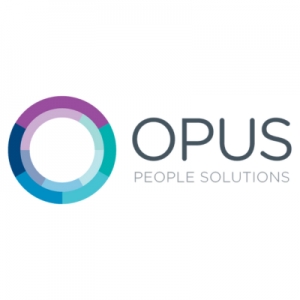Malikshaw Interim
Northamptonshire OPFCC
ESPO 664_25
A Consultancy Services framework for customers seeking advice and support across a range of disciplines including high value and/or complex, strategic projects.
COMENSURA
Vendor neutral contingent workforce management solutions for finding and keeping great talent, time and cost effectively
OPUS
Opus specialises in working with clients to provide cost effective, high quality, end to end recruitment solutions
Bloom
As the leading marketplace for professional services, Bloom expertly connects Buyers and Suppliers across the UK's public sector.
NEPRO
Matrix SCM
CCS RM6333
All public sector organisations can recruit healthcare professionals from overseas using a wide range of experienced international recruitment organisations.
PSR:SOW
A framework that provides Statement of Work (SoW) solutions in a clear, organised and transparent way with defined outcomes.
DfT STARThree
Access high quality, professionally qualified and experienced specialist third party advisory support for a range of service requirements.



















